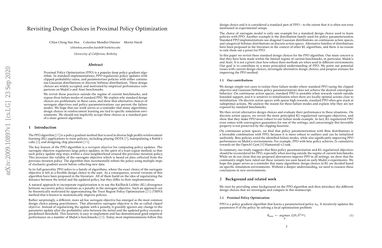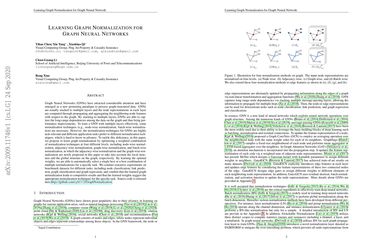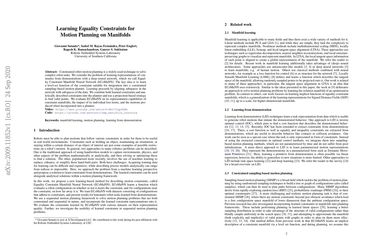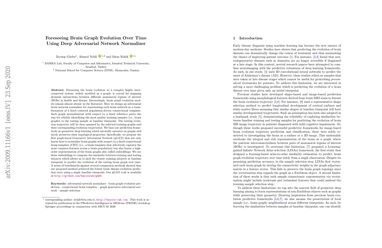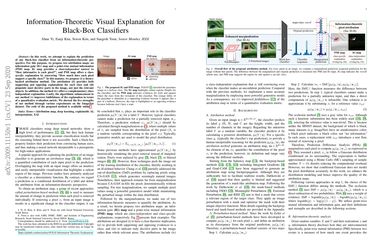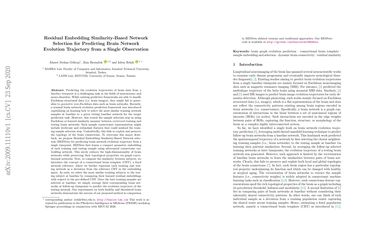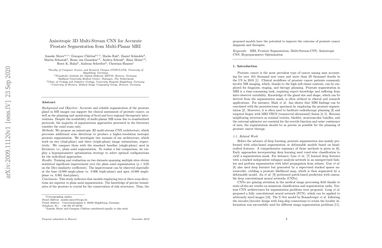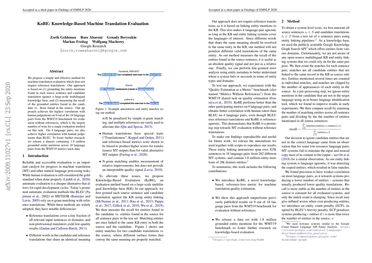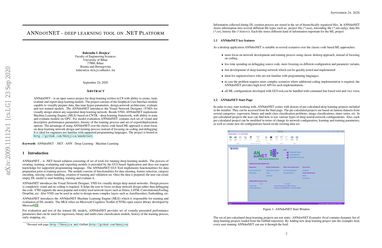Scikit-Optimize for Hyperparameter Tuning in Machine Learning
Last Updated on September 7, 2020 Hyperparameter optimization refers to performing a search in order to discover the set of specific model configuration arguments that result in the best performance of the model on a specific dataset. There are many ways to perform hyperparameter optimization, although modern methods, such as Bayesian Optimization, are fast and effective. The Scikit-Optimize library is an open-source Python library that provides an implementation of Bayesian Optimization that can be used to tune the hyperparameters of […]
Read more
